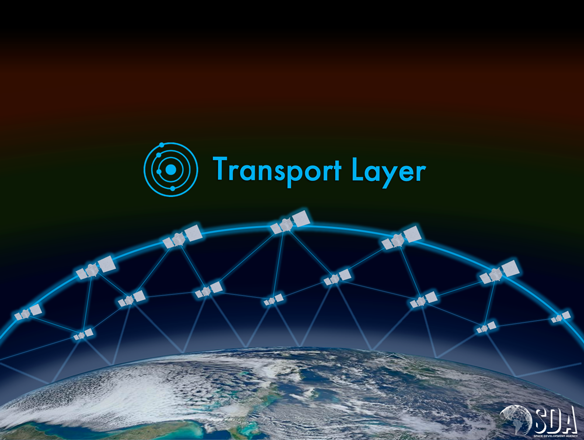The Space Development Agency is all about moving fast, but getting its first batch of satellites off the ground aboard a SpaceX Falcon 9 will have to wait a little longer after Thursday’s launch was unexpectedly scrubbed three seconds before liftoff.
SDA announced Friday morning that the expected launch attempt at 10:29 am ET Friday from Vandenberg Space Force Base would not happen. SpaceX is “working quickly to resolve issues discovered during yesterday’s launch attempt,” SDA said in a tweet.
What’s on board? Ten satellites are sitting atop the Falcon 9, including eight communications satellites that will make up the transport layer, and two missile warning satellites to begin building SDA’s tracking layer, according to Derek Tournear, the head of the SDA. When it’s completed, the agency’s Tranche 0 will include 28 satellites–20 for communications and eight for tracking. The remaining 18 satellites are expected to launch in June.
Some background: The Space Development Agency was established in 2019 with the mandate to quickly get new space tech to the battlefield. The agency plans to launch a small number of satellites, known as “tranches,” every other year to build a proliferated LEO constellation over time. Tranche 0 is intended to demonstrate the viability of the SDA’s plan for quick iteration, while also boosting defense comms and missile detection.
“We’re right at two-and-a-half years from order to orbit, so we’re pretty excited to show that the model actually does work,” Tournear told reporters on Wednesday.
The cost: The total cost of Tranche 0 is just under $1 billion, Tournear said. That includes 28 satellites, ground infrastructure, launch, and operations and maintenance expenses through 2025.
What’s next: Tournear said he expects it will take “single digit weeks” to complete testing and initial calibrations on the satellites in this launch. At that point, service members should have additional capabilities, including Link 16 radio communications from space once it’s approved by the FAA. Tournear also said he expects the tracking satellites to conduct their first missile warning test flight in Spring of 2024.
Further in the future, officials said Tranche 1 is still on schedule to launch in 2024.




